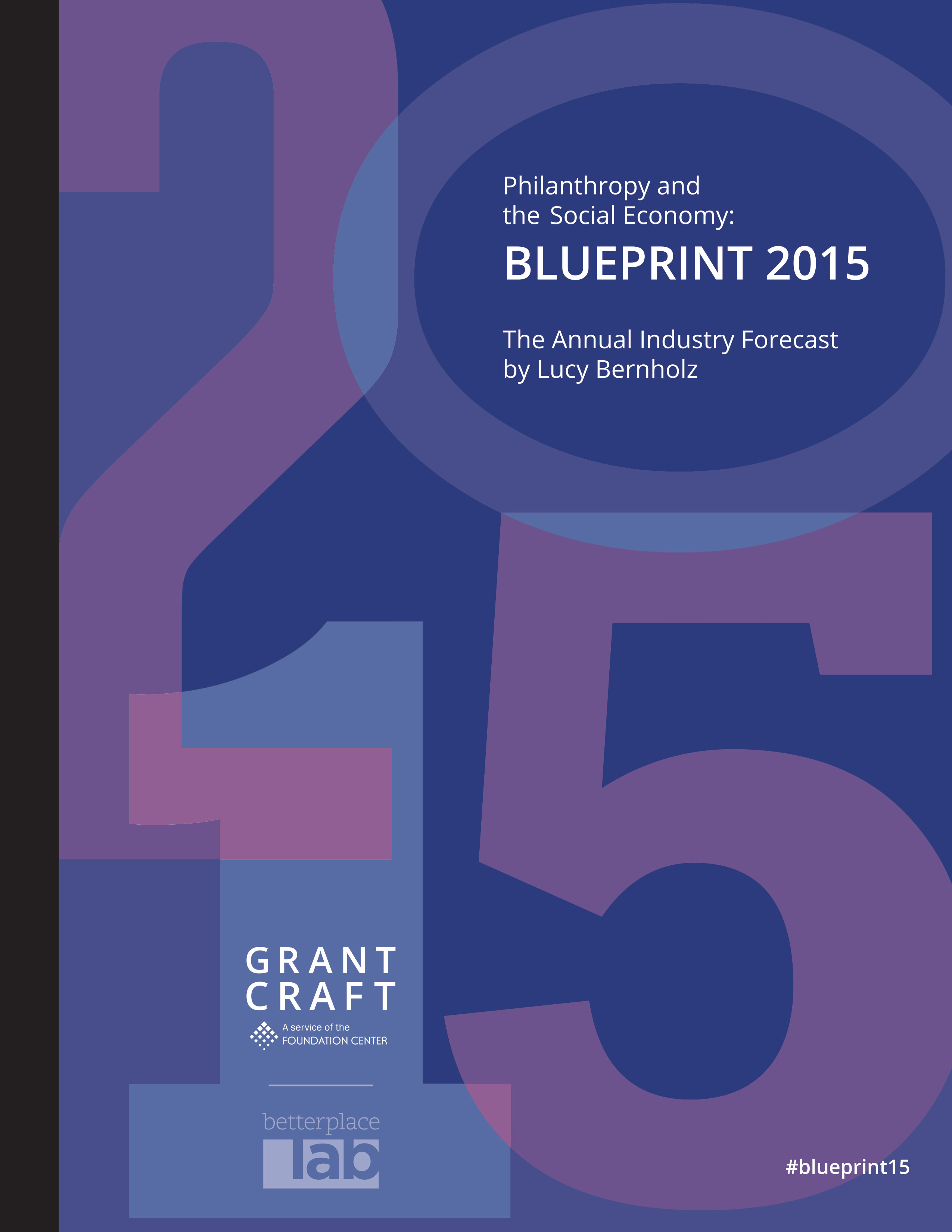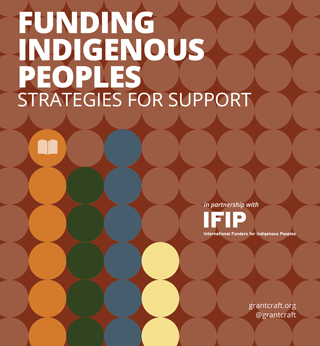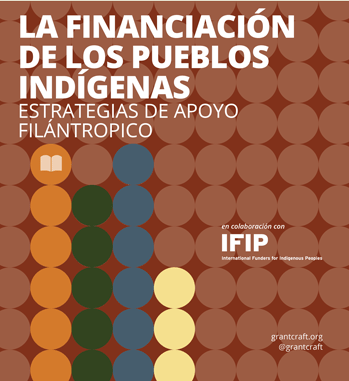Programs That Support Indigenous Peoples Donor Spotlight - I am the Walrus
Anne Henshaw, program officer for the North Pacific/Arctic focus area of the environmental program at the Oak Foundation, illustrates why environmental programs work with indigenous communities.
“In the Arctic, the overarching entry point for funding conservation is subsistence,” said Anne. “Subsistence is tied to cultural identity and food security.” In this part of the world, there is little agriculture. Communities harvest the only available natural resources—marine animals and fish. In Alaska, tribes are based in individual villages. The foundation supports the Eskimo Walrus Commission representing Alaska’s nineteen coastal walrus-hunting villages, including Gambell, located on St. Lawrence Island. Gambell has written local ordinances to regulate walrus hunting, which allows both the island’s residents and the
walrus—on which the community relies for everything from food to clothing to fishing line—to survive in a sustainable manner. Walrus is an essential cultural, natural, and subsistence resource to Alaskan coastal Yupik and Inupiaq communities. “For Oak, support for the Eskimo Walrus Commission’s work in Gambell represents an important means to instill communities with their own authority and ensure greater compliance in marine mammal resource co-management,” explained Anne. “On paper, the Oak Foundation works in marine conservation in the Arctic, not explicitly on adaptation,” added Anne Henshaw, “but in fact many of the organizations we support are helping to build adaptive capacity in communities and the ecosystems on which they depend. We are investing in a region’s people so they can respond to the rapid climate changes taking place in the Arctic.” The Oak Foundation’s Climate Change subprogram focuses largely on mitigation, advocacy, technology, and science, added Anne. “Now we are starting to see a shift to more people-centered funding.”
Takeaways are critical, bite-sized resources either excerpted from our guides or written by Candid Learning for Funders using the guide's research data or themes post-publication. Attribution is given if the takeaway is a quotation.
This takeaway was derived from Funding Indigenous Peoples.



